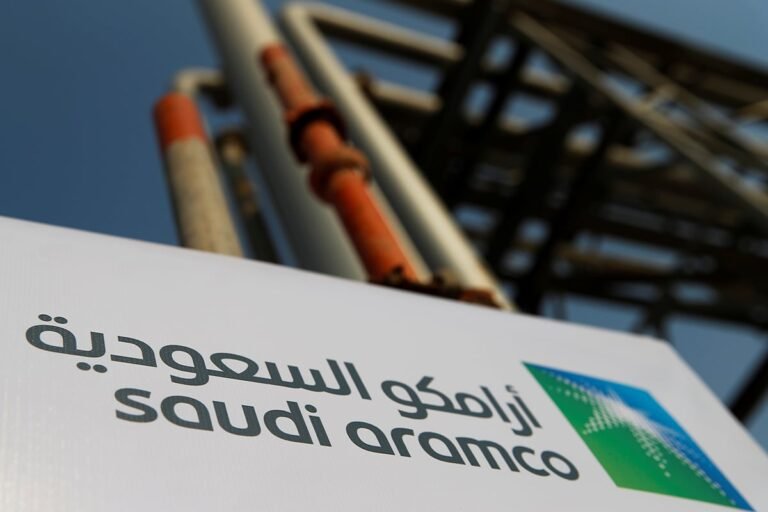Saudi Aramco announced on Sunday that international investors had acquired the majority of shares in its latest offering, projected to raise $11.2B.
This secondary offering was anticipated to give a short-term lift to Saudi Arabia’s finances as the kingdom undertakes large-scale projects like resorts and stadiums, part of a reform initiative to prepare for a future less reliant on oil.
“Most of the shares in the institutional tranche of the Offering were allocated to investors outside the kingdom,” the company stated before the Saudi stock exchange reopened on Sunday.
Aramco closed trading on Sunday at 28.60 Saudi riyals ($7.63) per share, up from an opening of 27.95 riyals, giving it a market capitalisation of roughly $1.85T.
Sources indicated that around 58 per cent of shares were allocated to international investors, an increase from approximately 23 per cent during the company’s record-breaking initial public offering in 2019.
The sources also mentioned that around 70 per cent of orders from outside the local market came from the European Union and the United States, with the rest from Japan, Hong Kong, and Australia.
Aramco declared on 30 May that it would sell 1.545B shares, or about 0.64 per cent of its issued shares, on the Saudi stock exchange.
On Friday, Aramco announced it would price its secondary offering at 27.25 Saudi riyals per share, at the lower end of the range of 26.70 to 29 Saudi riyals revealed on 30 May.
About 10 per cent of the shares were offered to retail investors, attracting 1.3M subscribers, Aramco reported on Friday.
One source noted that retail coverage was 3.7 times and that total demand from institutional and retail investors exceeded $65B.
“The entire deal would have been covered multiple times by international demand. It was significantly stronger at this stage than during the IPO,” the source commented, referring to the 2019 offering.
The source added that it appeared to be the largest secondary offering in the EMEA (Europe, Middle East, and Africa) region since 2000, the largest equity capital market transaction globally since 2021, and the largest offering in the Middle East since Aramco’s IPO, which raised $29.4B.
Aramco announced last year that it would begin paying a performance-based dividend in addition to its base dividend.
Last month, the company revealed base dividend payouts for the first quarter amounting to $20.3B and a performance-linked dividend distribution of $10.8B to be paid in the second quarter.
“It is no surprise that eligible traders wanted to buy shares, especially after observing the consistent dividend payments regardless of the company’s earnings,” said Ellen Wald, senior fellow at the Atlantic Council and author of a history of Aramco.
Saudi Arabia is the world’s largest exporter of crude oil, and the government’s stake in Aramco stands at approximately 81.5 per cent following the second share sale.
The kingdom’s sovereign wealth fund, the Public Investment Fund, and its subsidiaries control about 16 per cent of the company.
Aramco reported record profits in 2022 following Russia’s invasion of Ukraine, which drove up oil prices, enabling Saudi Arabia to achieve its first budget surplus in nearly ten years.


